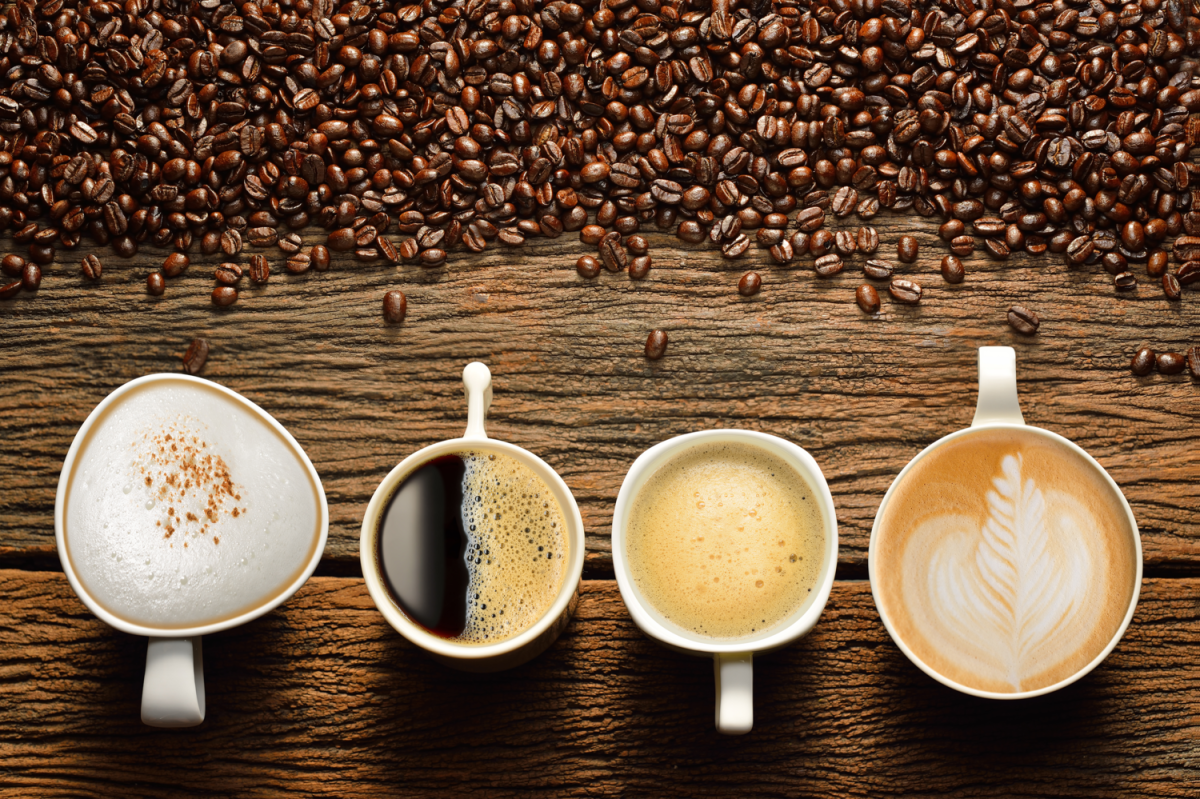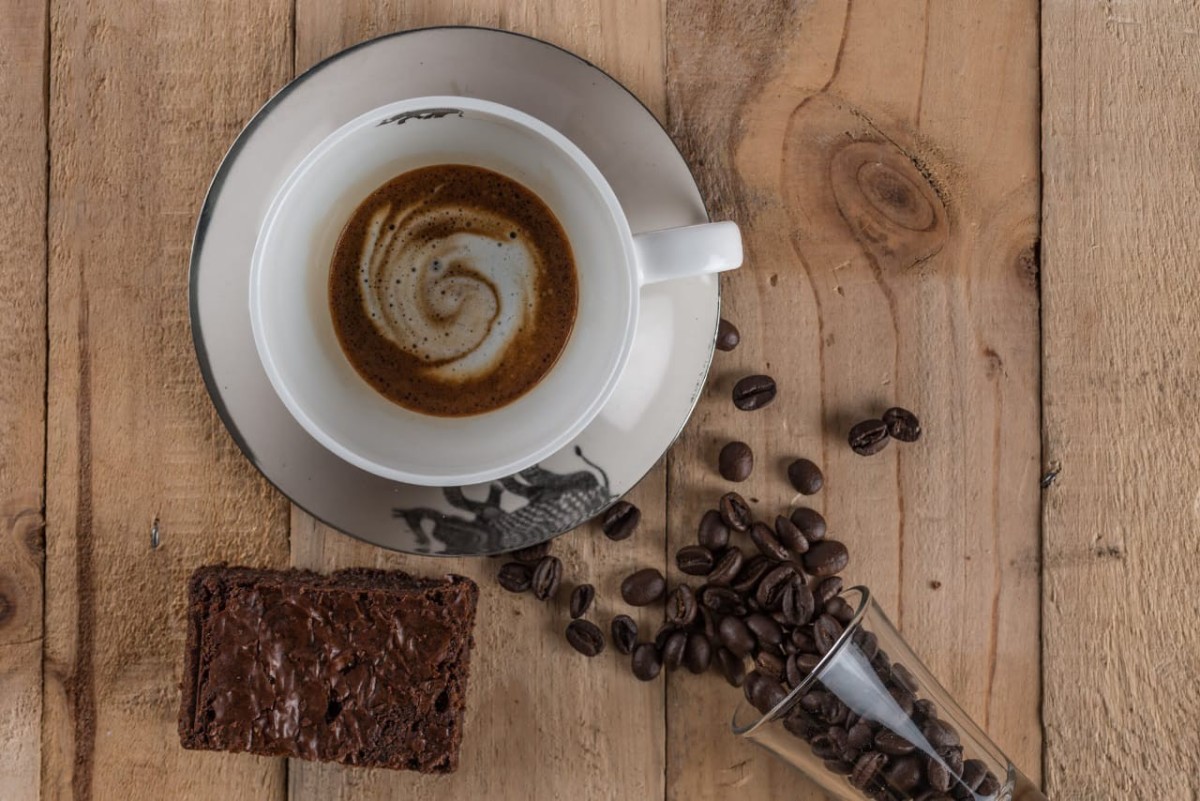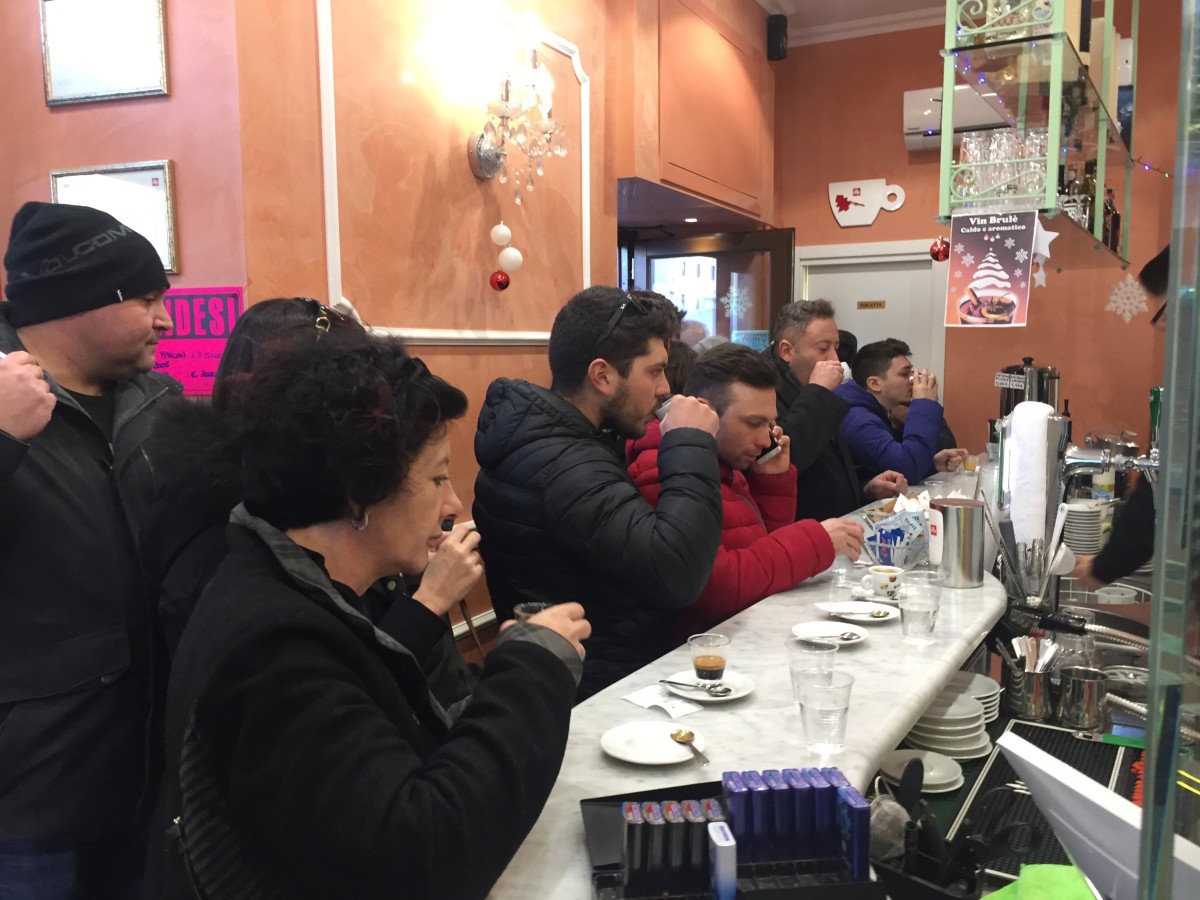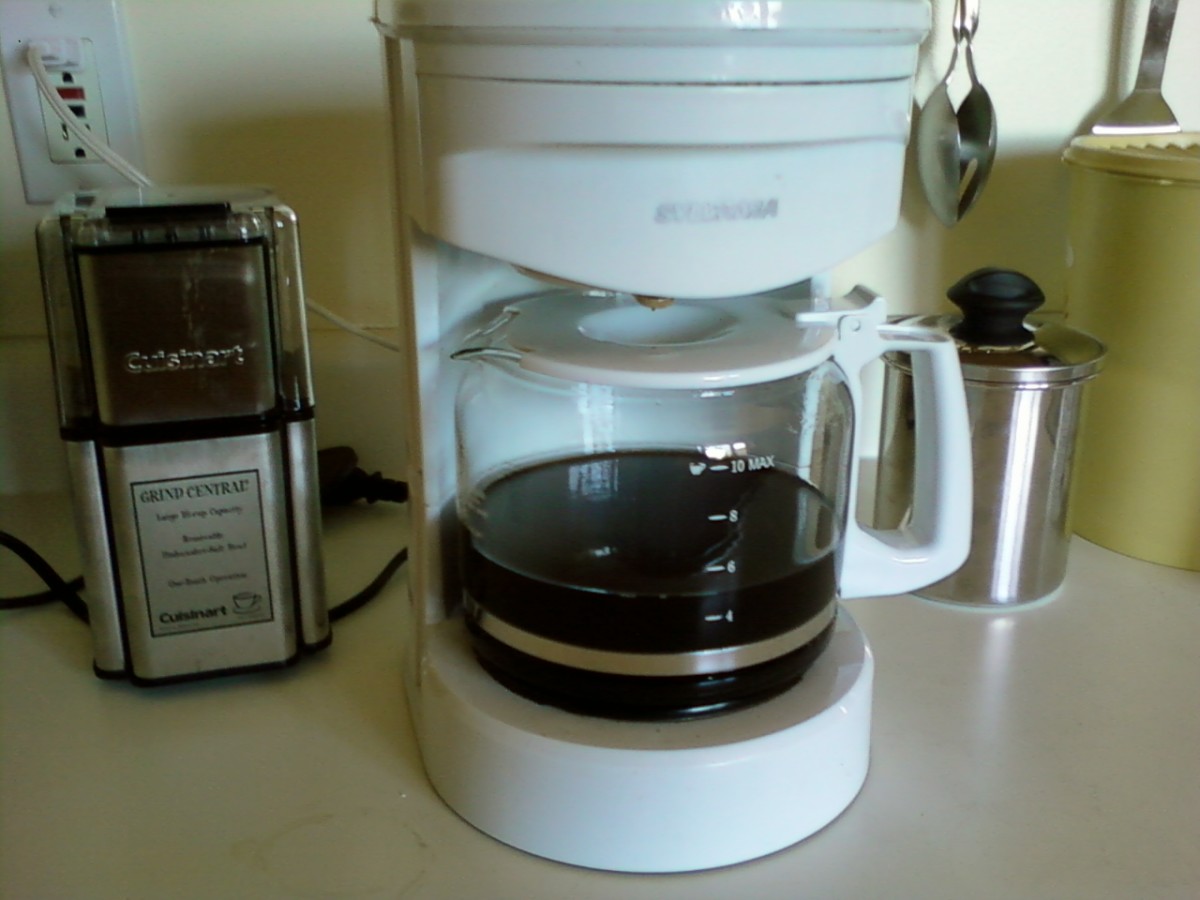A Glimpse Into the World of Coffee Roasting
Roasted Coffee Beans
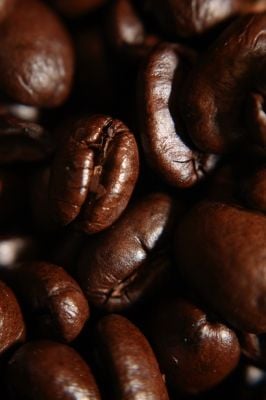
Coffee Roasting and Coffee AM
As someone who adores coffee, which I believe could actually be a hobby, one of my favorite things to do is sit at a coffee house with a good friend and share our hearts. Living in Pacific Northwest, this is a very popular cultural thing to do. Of course, it’s known as the home of Starbucks, which is obviously a favorite hangout for many.
There’s just such an amazing sensory ambience when a person walks into a coffee shop. First is the smell, just thinking of it makes my mouth water. Then the coffee shop colors and décor that welcome someone to come and sit awhile. The sound of the espresso machine is heard; people are talking or laughing, community relationships happening. It’s a great place to meet someone for the first time whether it’s a business deal, or a first date, in a public place, yet quiet and comfortable to talk.
How is Coffee Roasted?
How you ever wondered how coffee is roasted? The beans themselves are picked green and they possess different favors based upon where the beans physically grow and the environmental conditions the plants are grown in. The green coffee beans are then sorted in preparation for the roasting process.
Roasting is the process of heating the green coffee beans; usually they are being turned in some manner during this time. They are usually roasted between 370 and 540 °F anywhere from 3 to 30 minutes on average. Most commercial roasters such as Coffee AM and others will adhere to their own special recipe looking for the flavors they desire.
In general, as the coffee beans begin to roast over the heat, the color first turns to a yellow, and then to different shades of brown. The longer the coffee is roasted, the darker the beans become, they take on a stronger ‘roasted’ flavor that in many cases, overpowers the more subtle flavors of the various coffee varieties grown.
Different Levels of Coffee Roasting
There are different levels of roasting coffee that have some distinct properties. We’ll explore them here:
Light Roast - This level of roasting has the color of light brown, similar to cinnamon toast. This stage is usually called ‘first crack’ because the coffee beans pop and expand in size at this stage. The beans are dry in texture, and have a lighter flavor with high acidity levels, and no obvious roast flavor.
Medium Roast – This is a medium brown color coffee bean with a dry texture, and typical for common breakfast coffee. The flavor is a bit sweeter than the light roast and a bit smoother and balanced in acid, aroma and taste.
Full Roast – This is darker in color, and is the category of Italian espresso, the beans are slightly shiny and the flavor is somewhat spicy. It carries a heavier body, with the taste and aromas of the roasting process being evident.
Double Roast – This level is the heavy with beans being a very dark brown and an obvious oily surface. Sometimes this is known as the “French Roast”. The flavor is smokey sweet, light bodied yet intense. The flavors of the original coffee bean are not recognizable at this level.
It is possible for people to roast their own coffee beans at home, which was how it was done up until the 20th century.
Commercial Coffee Roasters
There is a brand of commercial coffee roaster I’d like to mention, CoffeeAM, located out of Canton, Georgia. They offer 100% organic coffee beans that are roasted right before they are shipped out, so they are in the freshest possible condition. CoffeeAM roasts the coffee beans, daily in small batches. They retail to individuals, or restaurants and coffee shops on a wholesale basis. In some cases, they’ll allow orders of at least 25 pounds or more, to specify their own roasting preferences.
Coffee AM Certifications
When you are looking for a coffee roaster company to do business with, it’s important to take a look at some of their certifications and business practices to see what your money is supporting, and if it’s something you can get behind or not. Especially for businesses that may be doing high volume business. CoffeeAM certifications currently are:
Coffee Kids
USDA National Organic Program
Smithsonian Migratory Bird Commission
TransFair USA (Fair-Trade)
Rainforest Alliance
You may want to check Coffee AM out. There’s further information on their website about what these standard certifications mean, and they’ve also been featured on Time Magazine. They are a full service coffee roaster, with a full line of other products for complete coffee needs.
Writing about how coffee is roasted is calling me now to go make a cup of my own espresso.



